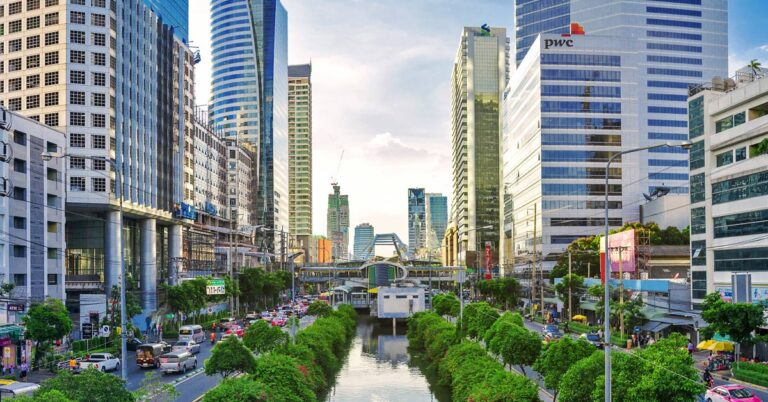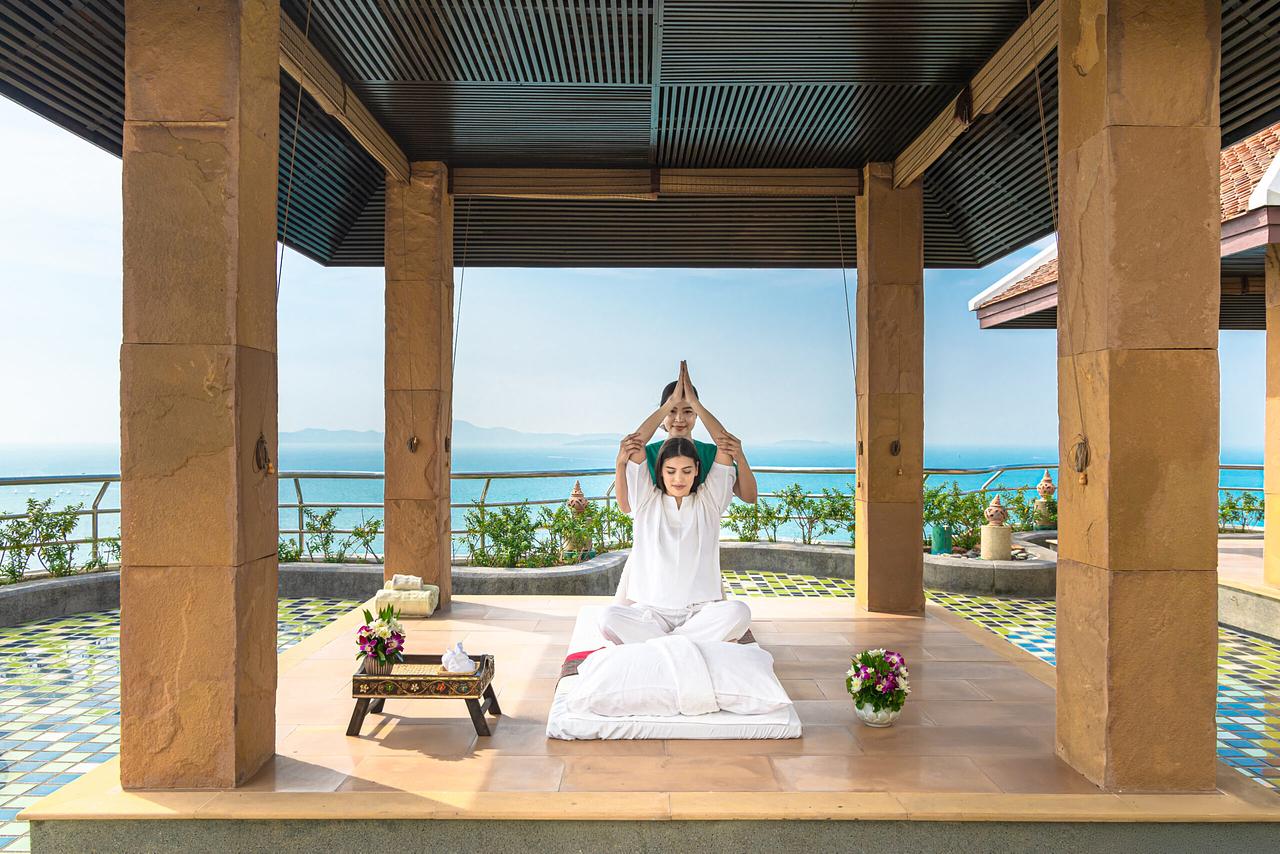Residents urge picks for Bangkok’s top job to build more public parks
Once surrounded by vast patches of green farmlands and fruit orchards, the rapid expansion and urban development of Bangkok during the past century has turned the city into a jungle of concrete.
As the capital continues to grow, some academics stressed the lack of public green spaces is now one of the major pressure points in Bangkok, since the city has a lower ratio of green spaces per capita than the minimum standard, contributing to many environmental and public health problems.
They said the new Bangkok governor must build more green spaces while ensuring equal access by the public. thailand universities
Having sufficient urban green space that is easily accessible is essential for securing a good quality of life.
Asst Prof Niramon Serisakul, director of the Urban Design and Development Center (UDDC) at Chulalongkorn University, said Bangkok has neither enough green spaces compared to its population nor equal access to public parks.
According to Bangkok Metropolitan Administration (BMA) data for public parks and green spaces, Bangkok has 8,922 public green spaces, consisting of a total land area of 26,329 rai.
However, when considering the city’s registered population of more than 9 million, residents enjoy just 7.6 square metres of green space per head, which is far below the ideal ratio of 50 sq m of green space per person and even lower than the World Health Organization (WHO)’s minimum standard of 9 sq m per person.
Despite figures clearly showing Bangkok’s lack of green spaces, Asst Prof Niramon said the real situation may be even worse.
“Based on a UDDC study, we’ve noticed that the BMA’s definition of green spaces is too broad and inconsistent with the WHO’s term,” she said. “The BMA’s definition includes tiny green areas, such as traffic islands and small private gardens.”
“Those areas are impractical for public use and do not meet WHO’s qualitative standard, so if we only count actual public green spaces in Bangkok, the city’s green space per capita will drop to only 3sqm per person,” she said.
The UDDC also found that the average Bangkok resident must travel 4.5km to reach their nearest green space, nine times higher than the WHO standard, which recommends that people should be within 300–500m of the nearest green space, she said.
She said the city’s public green spaces are also unequally distributed throughout Bangkok, as many public parks are clustered within just a few districts of the city centre, while some districts do not have any public green space.
“By extension, Pathumwan district’s green spaces have 13.8sqm per person with an average reach distance of 1.5km, while another 36 districts have less than 3 sq m per person on average,” she said.
“As the Covid-19 pandemic is not yet solved and people still suffer the consequences of outbreaks, it is even more important for Bangkok to have public green spaces,” she said.
“Having easily accessible quality green spaces near home can greatly improve people’s physical and mental health.”


ไม่มีความคิดเห็น:
แสดงความคิดเห็น